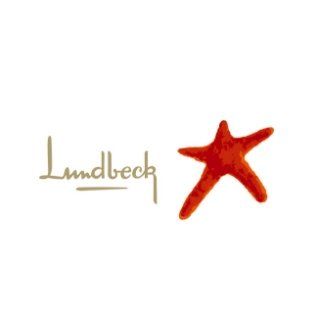Purpose:The recent conditional FDA approval of Aducanumab (Adu) for treating Alzheimer’s disease (AD) and the continued discussions around that decision have increased interest in immunotherapy for AD and other brain diseases. Reliable techniques for brain imaging of antibodies may guide decision-making in the future but needs further development. In this study, we used 89Zr-immuno-PET to evaluate the targeting and distribution of a bispecific brain-shuttle IgG based on Adu with transferrin receptor protein-1 (TfR1) shuttling mechanism, mAbAdu-scFab8D3, designated Adu-8D3, as a candidate theranostic for AD. We also validated the 89Zr-immuno-PET platform as an enabling technology for developing new antibody-based theranostics for brain disorders.
Methods:Adu, Adu-8D3, and the non-binding control construct B12-8D3 were modified with DFO*-NCS and radiolabeled with 89Zr. APP/PS1 mice were injected with 89Zr-labeled mAbs and imaged on days 3 and 7 by positron emission tomography (PET). Ex vivo biodistribution was performed on day 7, and ex vivo autoradiography and immunofluorescence staining were done on brain tissue to validate the PET imaging results and target engagement with amyloid-β plaques. Additionally, [89Zr]Zr-DFO*-Adu-8D3 was evaluated in 3, 7, and 10-month-old APP/PS1 mice to test its potential in early stage disease.
Results:A 7-fold higher brain uptake was observed for [89Zr]Zr-DFO*-Adu-8D3 compared to [89Zr]Zr-DFO*-Adu and a 2.7-fold higher uptake compared to [89Zr]Zr-DFO*-B12-8D3 on day 7. Autoradiography and immunofluorescence of [89Zr]Zr-DFO*-Adu-8D3 showed co-localization with amyloid plaques, which was not the case with the Adu and B12-8D3 conjugates. [89Zr]Zr-DFO*-Adu-8D3 was able to detect low plaque load in 3-month-old APP/PS1 mice.
Conclusion:89Zr-DFO*-immuno-PET revealed high and specific uptake of the bispecific Adu-8D3 in the brain and can be used for the early detection of Aβ plaque pathology. Here, we demonstrate that 89Zr-DFO*-immuno-PET can be used to visualize and quantify brain uptake of mAbs and contribute to the evaluation of biological therapeutics for brain diseases.







